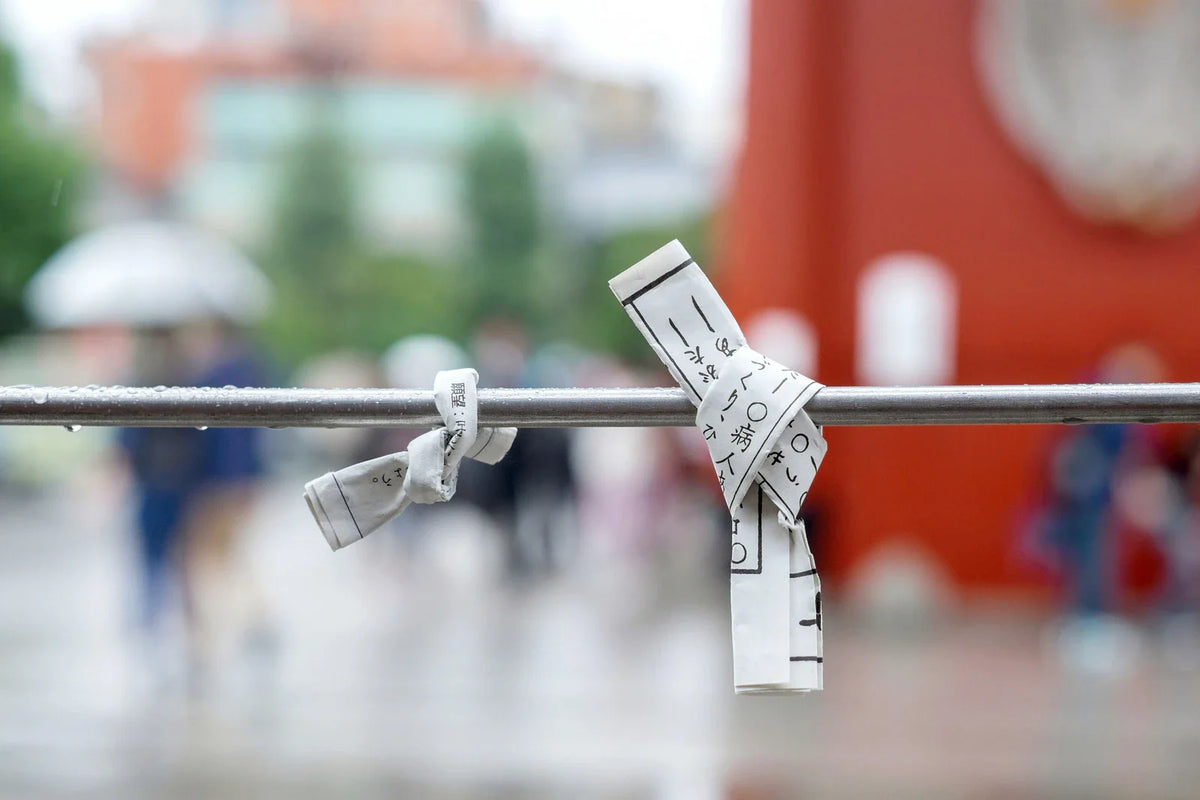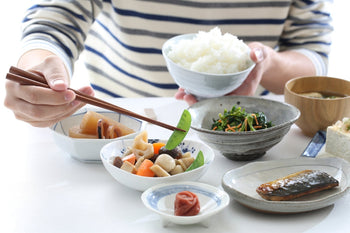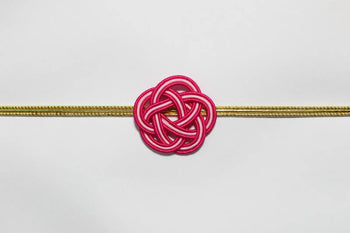

What Is Omikuji?
How Does Omikuji Work?
-
Making an Offering
Typically, you’ll find an omikuji stand at a shrine or temple. Before drawing your fortune, it's customary to make a small offering, often around 100 yen. This act symbolizes your respect and gratitude toward the deity or spiritual guardian of the site.
-
Drawing Your Fortune
After making your offering, you either draw a stick from a box or randomly select a folded paper. The stick often has a number or symbol that corresponds to your fortune, which the shrine staff or a designated box will help you match.
-
Reading the Fortune
The omikuji slip contains various categories such as:
- Daikichi (大吉) : Great Blessing – the best fortune.
- Kichi (吉) : Blessing – a positive outcome.
- Chūkichi (中吉) : Moderate Blessing – good, but not the best.
- Shōkichi (小吉) : Small Blessing – slightly favorable.
- Suekichi (末吉) : Future Blessing – good fortune in the future.
- Kyō (凶) : Curse – a less favorable fortune.
- Each fortune is further broken down into details about love, travel, business, and health.

What to Do with Your Omikuji?
-
If It’s Positive
A positive fortune can be taken home as a talisman of good luck. Many people keep it in their wallet or place it in a safe spot as a reminder of the blessings they’ve received.
-
If It’s Negative
A less favorable fortune, such as "Kyō," isn't necessarily something to fear. In fact, it can be seen as a chance to reflect and work toward positive change. At many shrines, people tie their bad fortunes onto designated racks or trees, believing this act will leave the negativity behind while the shrine's deity helps resolve the issues.
Seasonal Variations and Special Omikuji
-
New Year’s Omikuji
Omikuji is especially popular during the New Year when many Japanese people visit shrines and temples for "Hatsumōde" (the first visit of the year). It’s a way to start the year with guidance and blessings.
-
Unique Themes
Some shrines offer special-themed omikuji, such as those shaped like animals, daruma dolls, or even keychains. These are particularly popular with tourists and children.




